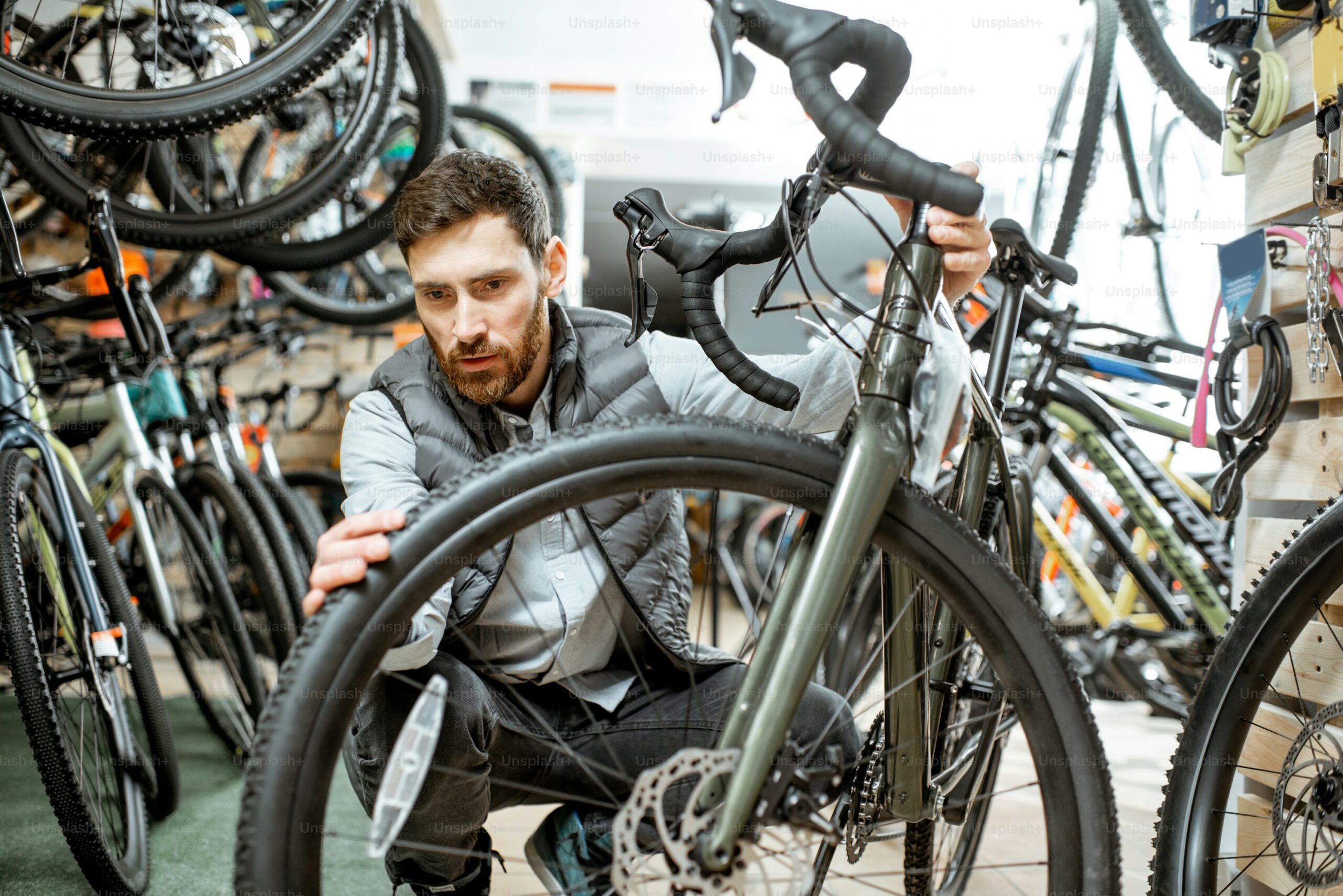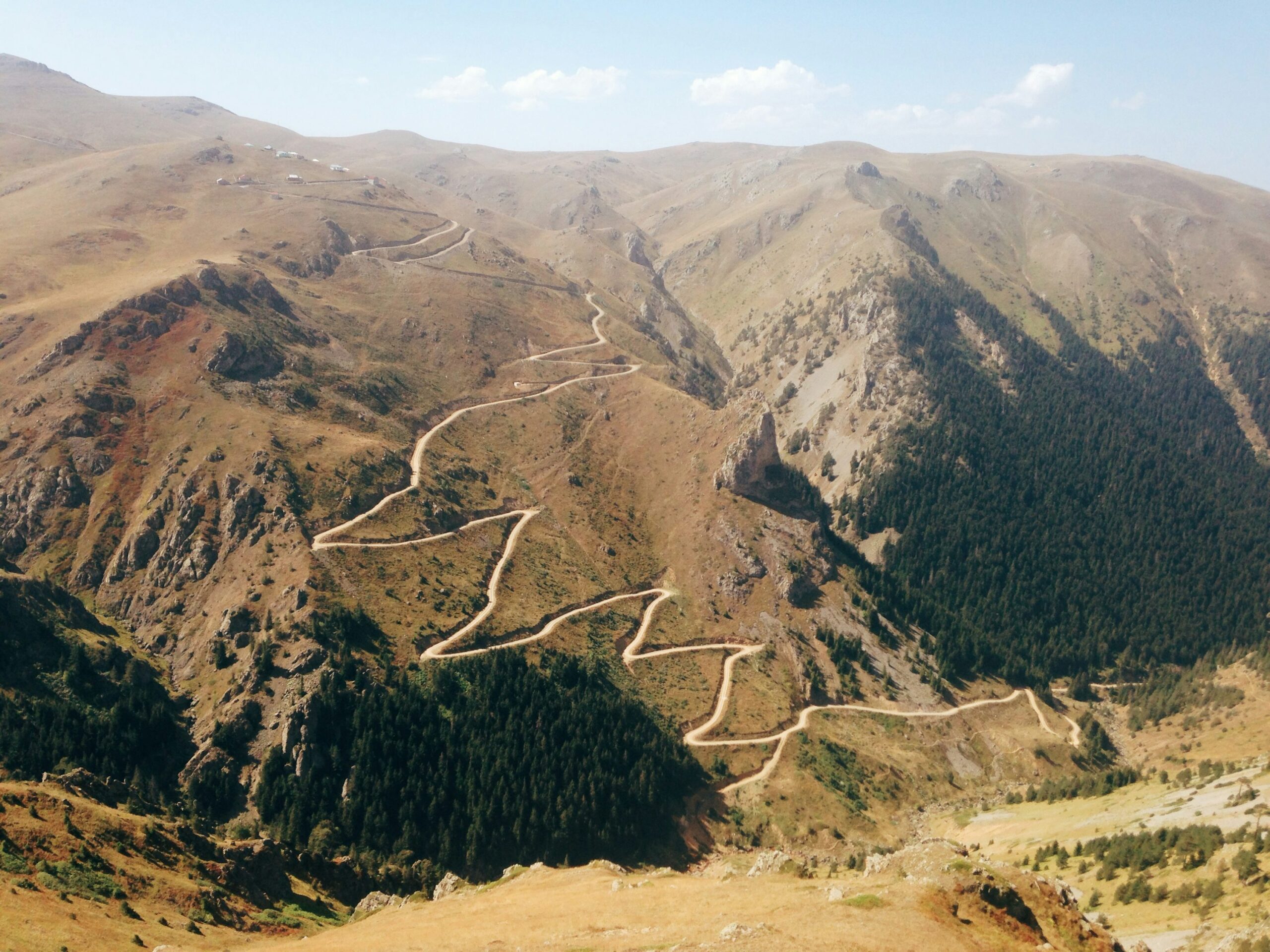Finding the best bicycle trails can be a rewarding experience, but it requires a bit of planning and research to ensure you choose the right ones for your skill level, interests, and location. Here’s a guide to help you find the best bicycle trails:

1. Consider Your Riding Experience and Preferences
- Skill Level: Are you a beginner, intermediate, or advanced rider? Different trails cater to different skill levels. Beginner trails might be smooth and flat, while advanced trails might include challenging hills, technical terrain, or off-road paths.
- Type of Riding: Decide what kind of biking you prefer. Do you enjoy road cycling, mountain biking, gravel riding, or leisure cycling? This will help narrow down your trail options.
- Distance: How far do you want to ride? Some trails are short and easy, while others can stretch for hundreds of miles. Consider how much time and energy you want to invest.
2. Research Online Trail Databases
- Trail Websites: Websites like TrailLink, AllTrails, and Komoot are great places to start. They offer comprehensive databases of bike trails, including user reviews, trail maps, difficulty levels, and conditions.
- Apps: Many cycling-specific apps like Strava, Komoot, and Ride with GPS allow users to discover trails and track their rides. These apps often have community-driven features, showing you popular routes based on your location or your interests. We encourage you to search for the tools that will suit your needs the best.
- Google Maps & Street View: Sometimes, Google Maps can give you an idea of available bike lanes or dedicated bike paths. Google Street View allows you to preview the terrain, too.
3. Consult Local Bike Shops and Clubs
- Bike Shops: Local bike shops often have firsthand knowledge of the best trails in your area. They can provide you with maps, trail conditions, and advice based on your riding preferences.
- Cycling Clubs: Many cycling clubs organize rides and can point you toward the best local trails. You might even be able to join group rides to experience a trail firsthand.

4. Look for Trail Systems or State Parks
- State and National Parks: Many parks have designated bike trails, ranging from easy to challenging. National and state forests can be especially great for mountain biking.
- Trail Networks: Some areas are home to large trail networks that connect different parks, towns, or regions. These can be perfect for longer, multi-day rides or if you’re looking for variety in your cycling adventures.

5. Check for Trail Conditions and Accessibility
- Weather: Some trails are affected by seasonal weather conditions. For example, mountain trails might be too muddy or snowy in winter, while desert trails could be too hot in summer.
- Maintenance and Accessibility: Make sure the trail is well-maintained. Look for trail updates or user reviews to check if it’s open or closed due to maintenance or construction.
- Parking and Facilities: If you’re planning a longer ride, check whether the trail has parking, restrooms, water stations, or other amenities.
6. Ask for Recommendations
- Social Media and Forums: Platforms like Reddit, Facebook groups, and cycling-specific forums can be helpful in getting recommendations from fellow cyclists who have already ridden specific trails.
- Local Tourism Offices: Tourist information centers or local visitor websites often have information on the best outdoor trails, including cycling routes.
7. Safety and Trail Etiquette
- Know the Rules: Some trails have specific rules, such as “No bikes allowed” or “Bikes must yield to pedestrians.” Make sure to follow these rules to maintain safety and good trail etiquette.
- Pack Essentials: Always pack water, snacks, and first aid supplies. Depending on the trail, you may want to carry a repair kit and a spare tube in case of a flat.
8. Evaluate the Terrain
- Surface Type: Consider whether the trail is paved, gravel, dirt, or a combination. Road cyclists might prefer paved paths, while mountain bikers are more likely to seek out rugged, dirt trails.
- Elevation: If you’re looking for a challenge, find trails with steeper climbs. If you prefer something flatter, look for local rails-to-trails paths or greenways.

9. Plan for Group Rides or Events
- Many places host annual bike events or group rides that can introduce you to popular or hidden trails in the area. Participating in these events can help you discover new routes and enjoy the social aspect of cycling.
By using these strategies, you can find a variety of bicycle trails that suit your needs and preferences. The key is to explore, try different routes, and keep learning from the cycling community. Happy riding!
Check out this article for a comprehensive guide on finding the best gyms.




Pingback: Electric Bikes: Choosing the Best E-bikes In 2025 (Affordable - Expensive) - FitBest
I learned so much about how to choose the bike trail for me thanks!
Pingback: Top Five Ski Resorts Near Boston for Your Winter Adventure - FitBest